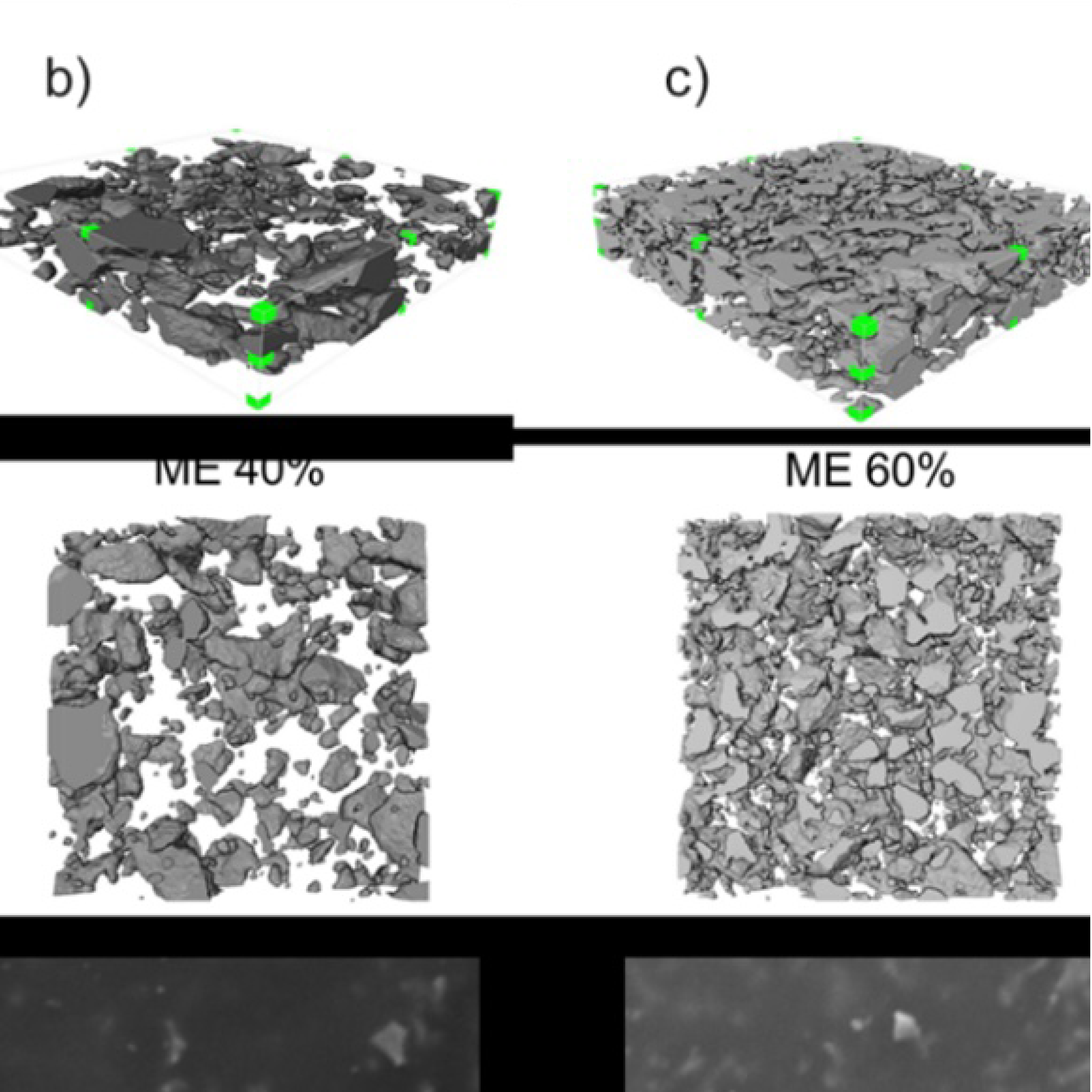
3D Microstructure of Soft Magnetic Elastomer Membrane
Soft magnetic elastomer membranes enable fast magnetic actuation under low fields. In our project, we… Read More
Events & Resources
News, Events and Resources from NXCT Partners
Hip replacement surgery effectively relieves pain and restores motion in those with hip osteoarthritis. However, the impact of broaching and uncemented implantation on bone density and behaviour during surgery remains unclear. With a fivefold increase in hip replacements for young adults expected by 2030, it’s crucial to understand uncemented implant stability.
To address this, the study aimed to quantify the change in bone density and evaluate the bone compaction resulting from the surgical intervention. This was achieved by performing a total hip replacement on three cadaveric femurs, and three µCT scans were conducted at intermediate surgical steps for each femur using a ‘Tescan Unitom XL’ under NXCT Free-at-Point-of-Access for the μCT scans carried out at the CiMAT, WMG, University of Warwick under the EPSRC Project Number (EP/T02593X/1). An in-house density calibration phantom was developed to map µCT scan intensities to corresponding density values. The density of the cadaveric specimens showed a high degree of similarity between the medical-CT and μCT scans, with no statistically significant increase in bone density resulting from the surgical intervention. For the first time, the bone-implant interaction in an actual hip system was evaluated using the μCT, which showed that trabecular bone breaks rather than deforming during surgical procedures, with less than 10% of the implant surface in contact with the bone, contrary to prior findings that used medical-CT. This marked the first fundamental experiment with significant findings, and further studies are planned to evaluate the periprosthetic fracture risk and assess the stability of uncemented implantation using finite element analysis (FEA) with data from the X-Ray. The project’s aim is to develop a digital twin of the hip replacement surgical process to be used during the pre-surgical planning for the selection of the implant size and positioning of the implant to ensure a successful surgical outcome.
Two research papers are expected to be published from this research.
“The shift from cemented to uncemented implants in hip replacement surgeries and the increasing number of young patients requiring uncemented hip replacements make it vital to understand trabecular bone behaviour and primary stability of uncemented implantation. The research examines key factors, including bone density, compaction, press-fit, and bone-implant interaction during the surgical process. It illuminates the determinants of success and longevity for uncemented implants. This knowledge aids in ensuring primary stability without complications and enhances finite element analysis techniques for evaluating surgical outcomes. Consequently, it aids in pre-surgical planning and enhances the likelihood of successful surgical outcomes.”
Vineet Seemala
PhD Student, WMG, University of Warwick (CiMAT)
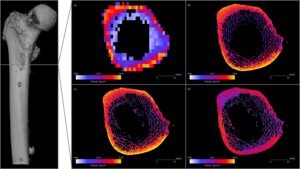
Fig.1: Qualitative Density Comparison: a) Medical CT of Initial Geometry; b) µCT of Initial Geometry; c) µCT after Broaching; d) µCT after Implant Insertion
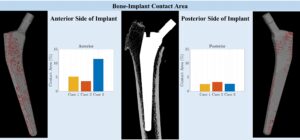
Fig.2: Bone-Implant contact area in Gruen Zones expressed as a percentage of the implant surface area in contact with bone

Soft magnetic elastomer membranes enable fast magnetic actuation under low fields. In our project, we… Read More
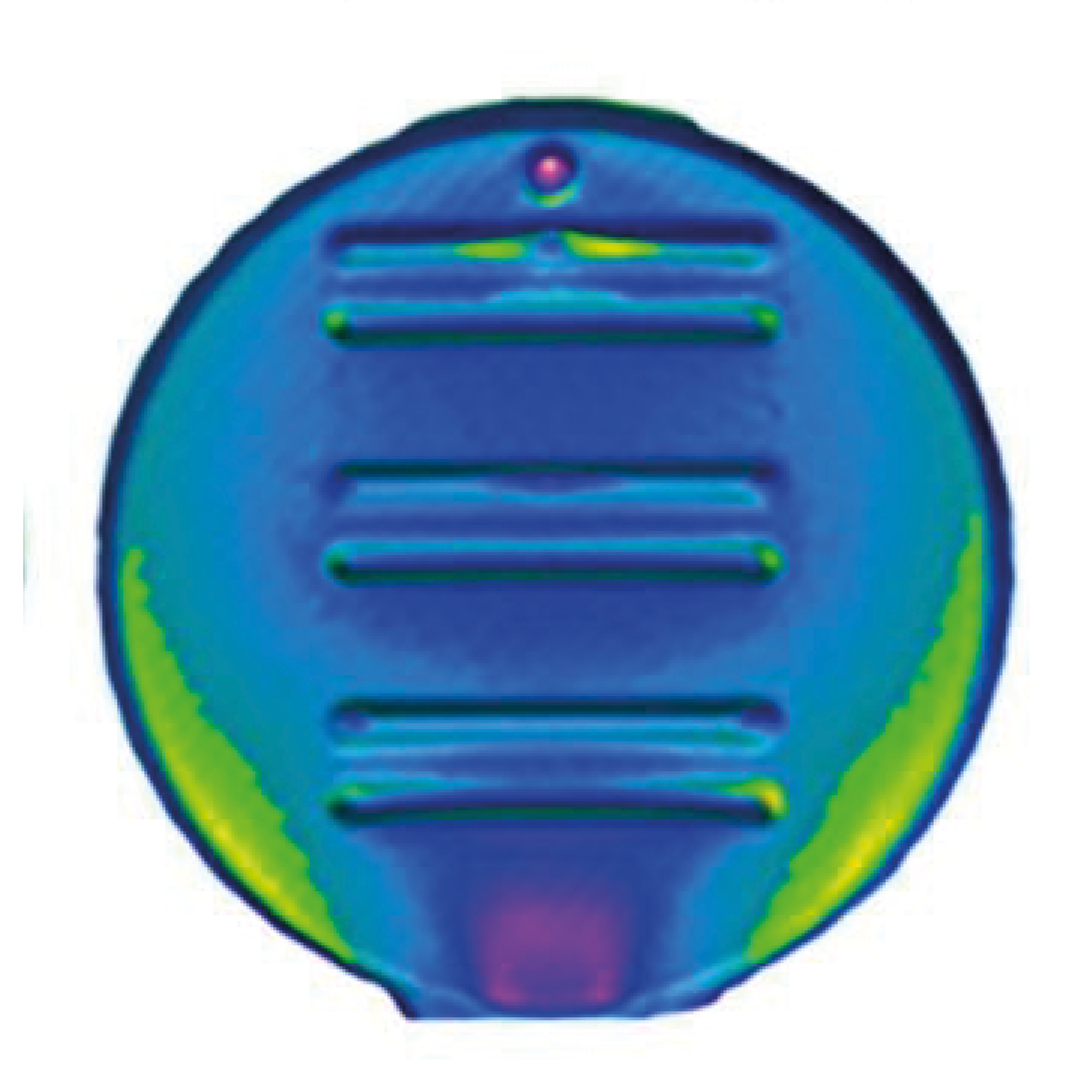
Nowadays, the increasing capability of micro-manufacturing processes enables the manufacture of miniature products with extremely… Read More
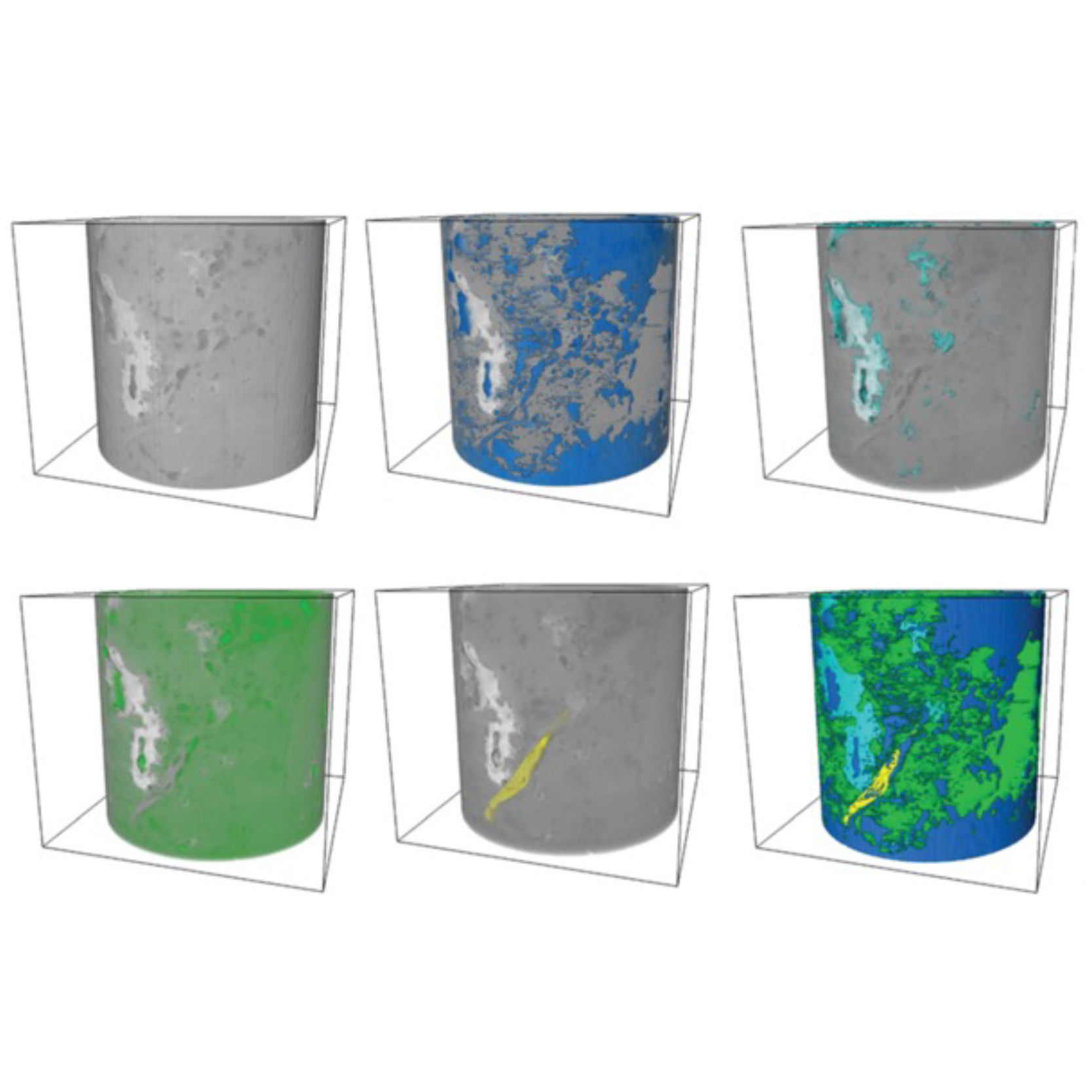
Injection of CO2 into shale reservoirs to enhance gas recovery and simultaneously sequester greenhouse… Read More